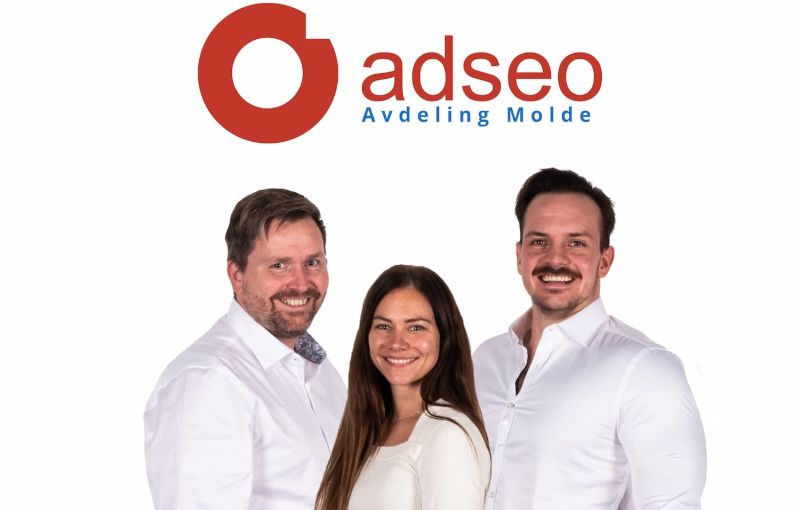What is search intent?
SEO is a way to get more traffic to your website. By ranking high in Google, you attract more people to your website.
Eventually, your goal is probably to sell your stuff or to attract more regular visitors.
To get more traffic to your website, optimize your content for words people use to find what you want to focus on.
To increase your chances of ranking high in the search engines and really convincing people to buy your stuff, subscribe to your newsletter, or come back to your site another time, you should take search intent into account.
In this article, we will tell you what search intent is and how you can optimize your content for search intent.
Search intent, user intent and target group intent are terms used to describe the purpose of an online search.
That’s why someone makes a specific search.
After all, everyone who does a web search hopes to find something:
- Is anyone searching because they have a question and want an answer to that question?
- Do they want to visit a specific website ?
- Or are they searching because they want to buy something?
Many of these different types of search make up parts of the user journey .
Over the years, Google has worked hard to improve its algorithm to determine people’s search intent. Google wants to rank pages that best match the search term as well as the search intent behind a specific search.
That’s why it’s important to make sure your post or page matches the search intent of your audience.
The 4 most typical search intents we see repeat themselves.
1. Information Intent

The first is the information intent.
Many online searches are made by people looking for information.
There may be information about
- The weather
- Information about educating children
- Information about SEO
- Name anything
People with information intent have a specific question or want to know more about a particular topic.
You should be aware that Google’s understanding of intent goes much further than just showing results that provide information about a specific term.
It knows, for example, that people who are looking for[rødvinssaus] looking for recipes, not the culinary history of the sauce.
It understands that most people who enter[Gull] looking for jewelry and the like, not the elemental.
Google even understands that for some terms, for example[hvordan bygge en pergola] , it is useful to include videos and pictures.
2. Navigation Intent

The second type of search intent is called navigational intent. People with this intent want to visit a specific website. For example, people who search for[Facebook] usually on the way to the Facebook website.
Remember that ranking high for a navigation term is only beneficial to your organic traffic if your site is the site people are looking for.
3. Transactional intent

The third type of search intent is transactional intent. Many people buy things on the Internet and surf the web to find the best buy. People search with transactional intentions when their purpose is to buy something.
4. Commercial investigation

Some people intend to buy in the near future and use the web to do research.
Which TV would be best?
Who is Norway’s best at SEO ?
These people also have transactional intentions, but need a little more time and conviction. These types of search terms are commonly called commercial survey intents.
Search intent
The words people use in their searches will provide insight into user intent. This also works the other way around when you formulate keywords with intent-specific words.
Keywords with transactional intent will often contain words such as
- Purchase
- Deal
- Discount
- Product name
I nformation searches may, but do not necessarily have to, contain words such as:
- Information
- How
- Best way to
- Why
How do you optimize your content for search intent?
You want to make sure that a landing page matches the search intent of your audience. If people are searching for information, you don’t want to show them a product page. At least not immediately. You will probably scare them away. If people want to buy your product, don’t bore them with long articles.
Direct them to your store.
It is a good idea to optimize the product pages for more commercial driven keywords. If you sell skin care products, for example, you can optimize a product category or page for[kjøp hudpleieprodukter] . Perhaps you also have an article about the use of different products used in skin care.
For example, you can optimize that article for the keyword[hvordan få finere hud] .
Determining the search intent of a search can be quite difficult. Often, different users will have a slightly different user intent, but still land on the same page. Fortunately, there’s a direct source to look at if you want to know what intent matches your keywords: the search results pages.
We will come back with an article that goes more into how you can create intention-based content .
If you want to know more about the search intent of your audience, another way is to ask them. You can create a small survey that contains questions about what people were looking for and have that survey pop up if people come to your site.
It will likely give you a lot of valuable insights into your audience.
Conclusion
It is crucial to ensure that the content you write matches the terms people are searching for, as well as the search intent of your audience. Make sure your posts or page are informative when people search for information.
Drive people to your sales pages if they want to buy one of your products.







